Author Archive
The Case for Revolutionary Love
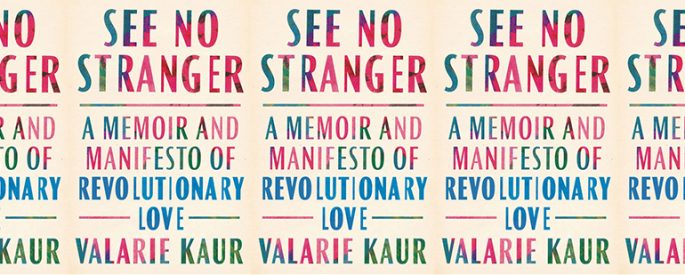
Valarie Kaur’s vision for change gathers up opponents into a story, refiguring them as members of one human family.
A Carrier Bag Theory of Revolution
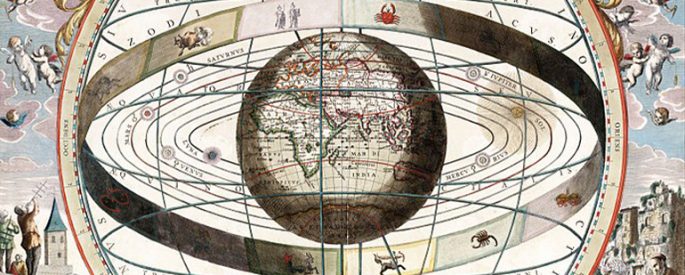
In the bigger picture of the “life story,” there appear to be no fixed beginnings or endings—only changes.
Kate Baer and the Search for Grace
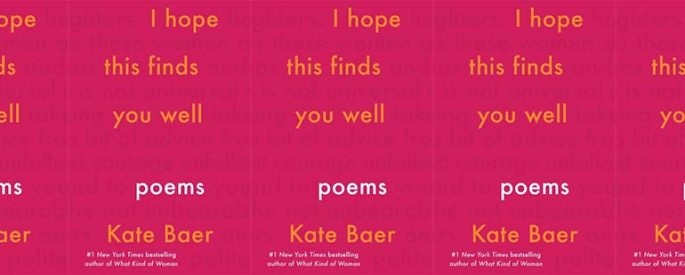
Kate Baer explores the potential of the erasure poem and shows how attention can uncover hidden grace.
Italo Calvino and the Form of Outer Space
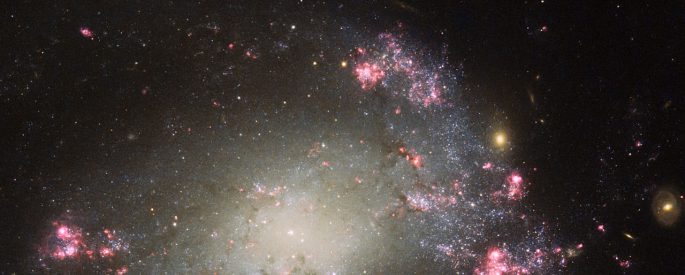
When the distinction between form and content is difficult to perceive, it can become nearly impossible to articulate the relationship between these supposed opposites. This tangle of questions is not limited to the arts; the problem of form and matter is important to anyone who deals with questions of
The Art of Ambiguity
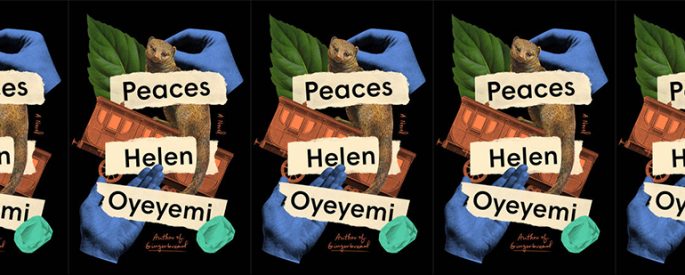
In Helen Oyeyemi’s new novel, time’s tricky manifestations in the material world point toward ambiguity itself as a poetics of unknowing and unseeing.
Levity and Storytelling in A Christmas Carol
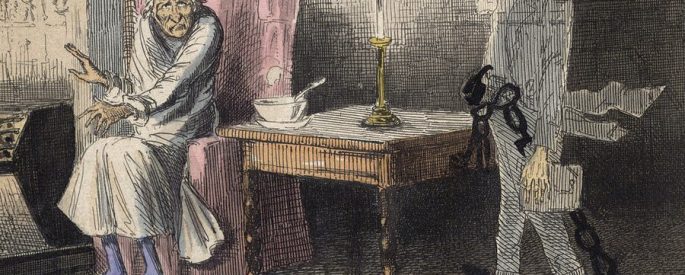
With the indefinite article “a,” Dickens seems to declare that the story is not about a carol, but is, instead, itself a Christmas carol: a song for the season.
Lorca in the Mirror
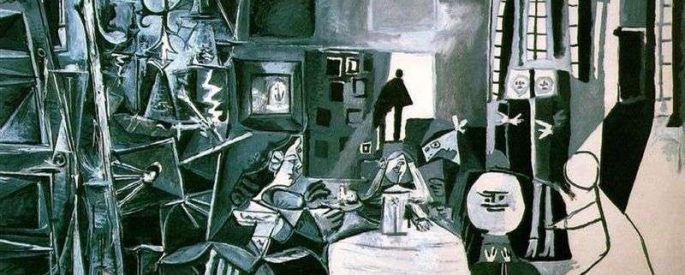
In Mirror Suite, Federico García Lorca explores questions of selfhood using the mirror as his guiding motif, asking how love manages to endure when other people’s interior lives seem so utterly inaccessible, and what it means for an imperfect person to be made in the image of God.
The Poetics of Liberation
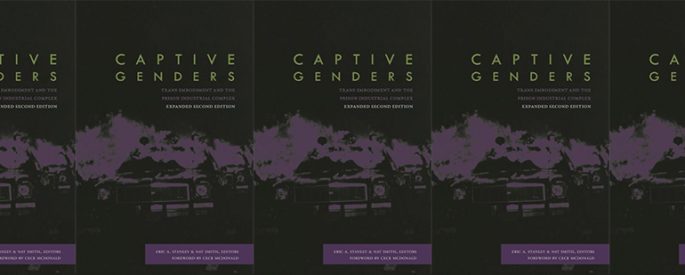
The making of necessary new systems of justice and wellness will not be a single act of creation; it will be—and already is—an ongoing act of collaborative composition.
Emily Dickinson and the Compound Witness
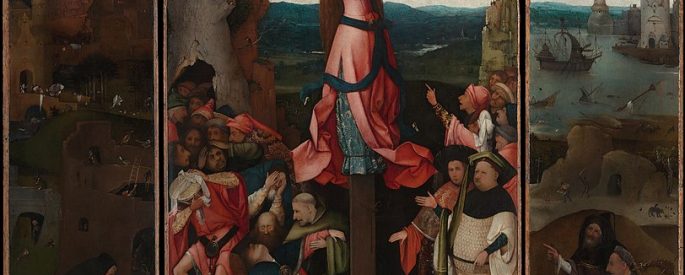
Reckoning with extreme psychic suffering, Dickinson’s poetic speakers repeatedly confront the boundary between unknowable interior experience and intelligible linguistic testimony.
Leonora Carrington and the Queer Divine
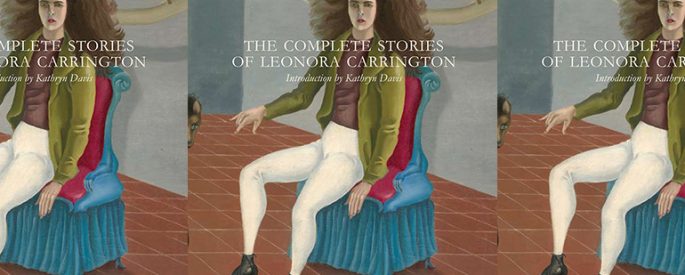
Glittering with playful weirdness alongside mystical spirituality, Leonora Carrington’s “My Mother is a Cow” converges with the Christian tradition of divine incarnation and infuses it with queerness.